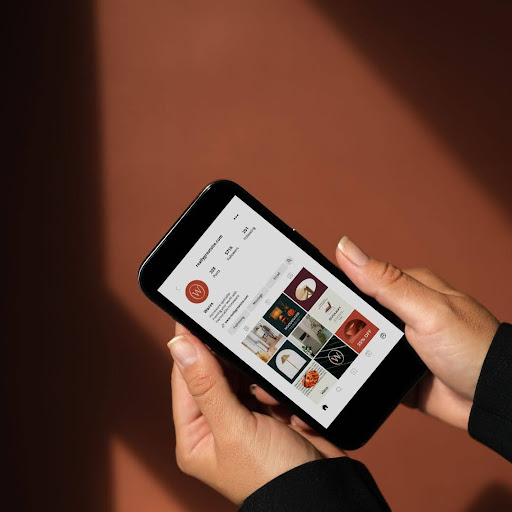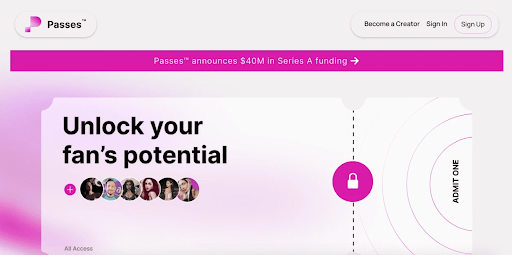
The Future of Creator Commerce: How Monetisation Tools Are Transforming the Content Economy
In today’s creator-driven economy, monetisation isn’t just a strategy—it’s a necessity. Whether you’re a fashion influencer on Instagram or a finance expert on TikTok, your followers are ready to pay for access, advice, or experiences. That’s where tools like Passes, shoppable videos, and digital storefronts like Stan Store come in—alongside rising competitors like Pop.store—creating a seamless ecosystem for creators to monetise with intention and scale.
From exclusive content access to frictionless product discovery, these monetisation tools are rewriting how creators earn. Let’s explore the nuances behind these platforms and understand how they power this digital-first economy.
The Rise of Creator Commerce
The creator economy—estimated to be worth over $100 billion—has reached an inflection point. No longer confined to ad revenues or brand sponsorships, creators today are building multifaceted businesses. Subscription models, paywalled content, digital storefronts, and fan engagement tools are now integral to a creator’s toolkit.
What’s driving this shift?
- Audiences are more willing to pay for direct access to creators.
- Social platforms have made monetisation tools more accessible.
- New technologies like e-commerce integrations and smart video are lowering the barriers to entry.
At the heart of this transformation are platforms that prioritise ownership, ease of use, and integrated monetisation—ushering in a new age of creator-led entrepreneurship. One standout example is Pop.store, a creator-first platform focused on giving influencers complete control over how they package and sell their products, services, and subscriptions from a single, optimised storefront.
Understanding Passes: The Evolution of Fan-First Monetisation
You may be asking, what is Passes? Passes is a modern monetisation tool for creators that enables fans to pay for access to exclusive content and direct messaging. Think of it as an evolution of Patreon, but built natively for Gen Z and mobile-first creators. Passes enables:
- Pay-per-message and DMs: Let fans pay to directly connect.
- Exclusive content libraries: Share behind-the-scenes or premium tutorials.
- Custom pricing models: Creators control pricing and frequency.
What separates Passes from other monetisation tools is its lean, frictionless UX that meets fans where they already are—on mobile and ready to engage instantly.
Why Shoppable Videos Are the Future of Content-Commerce Integration
While social selling isn’t new, shoppable videos are revolutionising how creators turn engagement into instant conversions. Platforms that support shoppable videos make content instantly actionable—viewers don’t just “like” a product, they can buy it on the spot.
Here’s why this is game-changing:
- Shortens the buyer journey: No more “link in bio” hunts or abandoned carts.
- Maximises impulse buying: Especially during live demos or influencer reviews.
- Personalised recommendations: Creators know their niche better than any ad platform.
Pop.store leverages this trend by enabling product tagging directly inside creator storefronts, allowing followers to engage and purchase in real-time. It’s not just about hosting links—it’s about making your entire content strategy instantly shoppable.
Stan Store vs. the New Wave of Link-in-Bio Tools
In recent years, the bio link tool has evolved into a full-fledged storefront. At the forefront of this evolution is Stan Store, which allows creators to sell digital products, coaching services, and even collect leads—all from one simple landing page.
However, platforms like Pop.store have entered the scene with advanced customisation, brand-first design, and embedded monetisation features that outshine traditional link-in-bio solutions. Unlike Stan Store’s somewhat rigid template system, Pop.store provides greater flexibility and deeper analytics—giving creators the edge in converting traffic into income.
Comparing the Monetisation Ecosystem: Passes vs. Stan Store vs. Shoppable Videos vs. Pop.store
Let’s break down how each platform serves a unique part of the creator journey:
| Feature | Passes | Shoppable Videos | Stan Store | Pop.store |
| Revenue Model | Subscription + Pay-per-access | Product commissions | Digital product sales | Digital & physical sales, subscriptions |
| Ideal Use Case | Creator-fan engagement | Product-driven content (e.g. TikTok) | Coaches, course creators | Full-stack creator monetisation |
| UX Design | Private app, chat-first | Social-native video commerce | Mobile storefront in bio | Branded e-commerce landing pages |
| Strength | Relationship-building | Fast conversion | Versatility | Brand control, smart automation |
| Weakness | Less e-commerce functionality | Needs strong product niche | Limited interactivity | Newer, less known than legacy players |

What This Means for Creators in 2025
In 2025, we are seeing the convergence of platforms, where monetisation is no longer a linear funnel but a holistic ecosystem. Here’s how creators are adapting:
- Own Your Audience: Whether through Passes or email integrations in Pop.store, creators are building direct relationships outside of social platforms.
- Sell Authentically: With shoppable videos, creators don’t just “pitch”—they demonstrate, teach, and convert in real-time.
- Unify Your Toolkit: Tools like Pop.store eliminate the need for multiple apps by combining sales, subscriptions, and lead gen in one place.
Actionable Tips for Creators Ready to Monetise
- Start with content your audience values—use Passes to validate paid access ideas.
- Create short-form product content—convert with shoppable videos directly embedded in your content.
- Build your storefront on a flexible platform—like Pop.store—for long-term scalability.
Final Thoughts: Which Platform is Right for You?
The creator economy is thriving, and creators now have more tools than ever to grow sustainable income streams. Whether it’s exclusive content through Passes, high-conversion shoppable videos, streamlined course sales on Stan Store, or an all-in-one powerhouse like Pop.store, the key is choosing what aligns with your brand, goals, and audience behaviour.
Experiment, iterate, and most importantly—own your platform, your audience, and your income.
